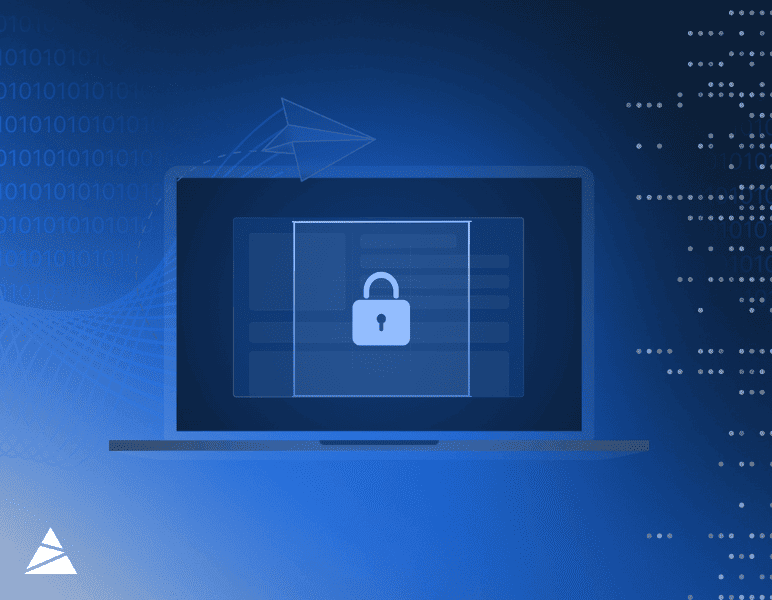
This is the default text value
DSwiss Blog - Digital security & transformation expertise
Our blog provides you with relevant insights into trends, challenges and solutions that will help you move forward.

Expert interview: Alexander Sommer on reliability, efficiency and the importance of entrepreneurship in secure data management
4
min read
Updated on
July 18, 2025

Digital banking: customer expectations are rising - as are costs
4
min read
Updated on
June 7, 2021

DORA: New rules for digital resilience in the financial sector
3
min read
Updated on
May 13, 2025
Why companies rely on us
Find out how our solutions make the difference for our customers



.avif)
